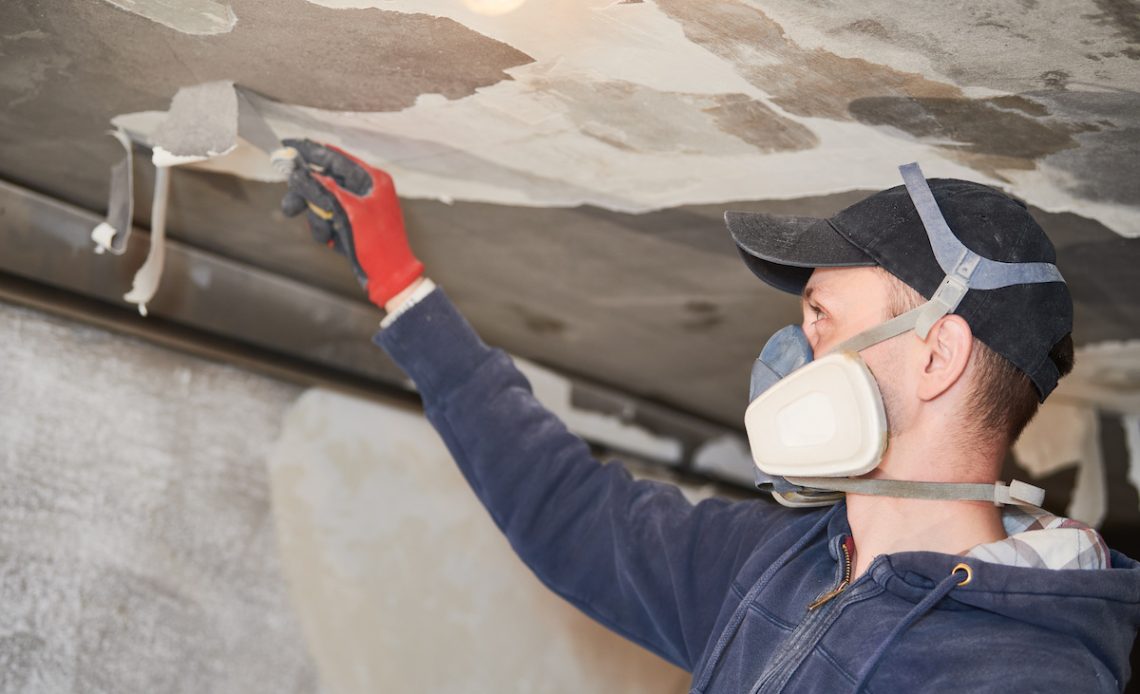In the moments after a fire has been put out, the damage left behind can feel overwhelming. Charred beams, ash-coated furniture, water-soaked floors, and the stubborn smell of smoke serve as stark reminders of how quickly a home or business can be changed. But beyond the chaos and heartbreak lies a complex process: fire damage restoration. This is more than just cleaning up. It is a multi-step journey that helps families and businesses regain control, rebuild, and return to normal.
The Hidden Damage Fires Leave Behind
Most people think of fire damage in terms of what’s visibly burned. But fire leaves behind a web of hidden damage that often goes unnoticed until restoration experts step in. For instance, soot can travel through HVAC systems, coating ductwork and affecting indoor air quality. Water used by firefighters to put out the blaze can soak into insulation, drywall, and subflooring, leading to mold if not properly dried.
Then there’s the smoke. Different materials produce different types of smoke residue. Some are dry and powdery. Others are sticky and cling to surfaces, requiring different cleaning agents and techniques. Without a specialized team, it’s nearly impossible to address these layers of damage effectively.
A Race Against Time
Fire damage restoration is as much about speed as it is about expertise. The longer soot, smoke, and moisture linger, the worse the damage becomes. Within hours, plastic materials can discolor. In days, metal surfaces begin to corrode and wooden furniture starts to warp. Wait a week, and you could be dealing with structural issues and health hazards like mold growth or airborne contaminants.
This is why many property owners in Michigan rely on professionals experienced in fire damage restoration in Grand Rapids. Local knowledge matters. Contractors familiar with the regional building codes and weather conditions are better equipped to manage time-sensitive projects efficiently and safely.
What Restoration Actually Looks Like
The restoration process typically starts with an emergency response team. These professionals arrive quickly to assess the damage and secure the property. This may include boarding up broken windows, reinforcing damaged walls, and setting up temporary power.
Next comes the assessment and planning phase. Technicians document every inch of damage, create detailed reports for insurance claims, and draw up a step-by-step plan for cleanup and repair.
Then the real work begins. Debris is removed. Water is extracted. Industrial-grade dryers and dehumidifiers are installed. Soot and smoke residue are cleaned from every surface, including walls, ceilings, air ducts, and personal belongings. Odor removal is performed using techniques like thermal fogging or ozone treatment. Finally, the rebuilding phase restores what was lost—whether that’s replacing drywall and flooring or reconstructing entire rooms.
Restoration vs. Replacement
One of the biggest misconceptions in fire recovery is that everything needs to be replaced. Restoration professionals know that many items can be salvaged with the right tools and expertise. For example, specialized ultrasonic cleaning can bring smoke-damaged electronics or delicate heirlooms back to life. Furniture can often be deep cleaned and deodorized rather than discarded.
In fact, successful fire damage restoration hinges on knowing what to restore and what to replace. This balanced approach can save homeowners thousands of dollars and reduce unnecessary waste.
Choosing the Right Partner
Not all restoration companies are created equal. When selecting a provider, it’s important to find a team that is certified by organizations like the Institute of Inspection Cleaning and Restoration Certification (IICRC). Transparency, responsiveness, and empathy also go a long way in what is often an emotionally difficult process.
For residents and businesses seeking fire damage restoration in Grand Rapids, it helps to look for local teams with proven track records. Reviews, referrals, and before-and-after portfolios can offer valuable insights. Some companies even offer 24/7 emergency response, which is critical when every hour counts.
Beyond the Physical Cleanup
While the primary focus is on cleaning and rebuilding, fire damage restoration is also about emotional recovery. Seeing your home in ruins is a deeply personal experience. A good restoration team understands this. They don’t just fix walls and floors. They support families and business owners as they work through insurance paperwork, salvage treasured possessions, and regain a sense of stability.
There’s also a psychological comfort in seeing progress. Every room cleaned, every surface repaired, is a step toward moving forward. The smell of fresh paint replacing the scent of smoke becomes a symbol of resilience.
Fire-Safe Futures
Once the dust has settled, many property owners take the opportunity to make fire-safety improvements. This might mean installing updated smoke alarms, using fire-resistant building materials, or adding sprinkler systems. Restoration doesn’t just bring a property back to what it was. It often makes it better prepared for the future.
Fires are traumatic, but they’re not the end of the story. With the right help, recovery is not only possible—it can be remarkably transformative. In cities where homes and small businesses are the backbone of the community, quality fire damage restoration ensures that the people behind those walls have the chance to rebuild their lives with confidence.

